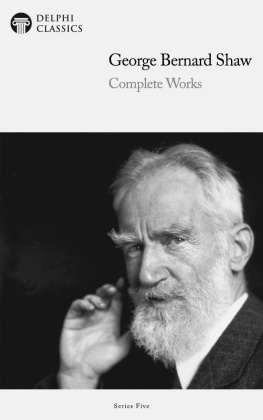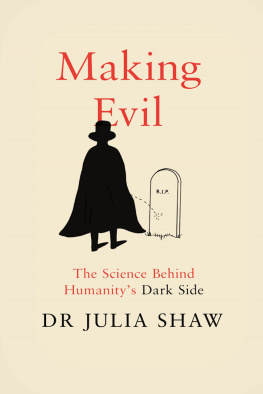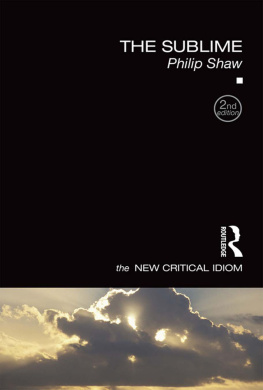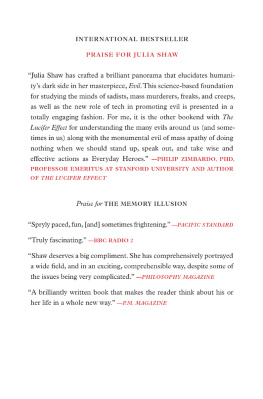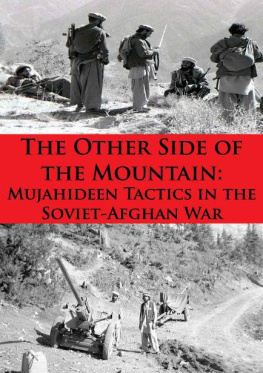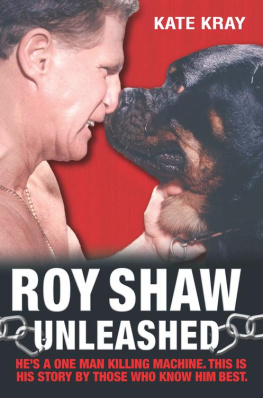Ian W. Shaw is an acclaimed writer of narrative nonfiction who has made an important contribution to Australian history and to Australias understanding of itself as a nation. After a decade of school teaching and twenty-five years working as a security risk analyst for both government agencies and large private companies, Ian became a full-time writer in 2012. Ian has published seven works of Australian and military history, all of which are characterised by his ability to locate and access hidden tales from our past, and for his meticulous and far-reaching research.
Books by Ian W. Shaw
Operation Babylift
Murder at Dusk
The Rag Tag Fleet
Glenrowan
The Ghosts of Roebuck Bay
On Radji Beach
The Bloodbath
Woodslane Press Pty Ltd
10 Apollo Street
Warriewood, NSW 2102
Email:
02 8445 2300 www.woodslane.com.au
First published in Australia in 2020 by Woodslane Press
2020 Woodslane Press, text 2020 Ian W. Shaw
This work is copyright. All rights reserved. Apart from any fair dealing for the purposes of study, research or review, as permitted under Australian copyright law, no part of this publication may be reproduced, distributed, or transmitted in any other form or by any means, including photocopying, recording, or other electronic or mechanical methods, without the prior written permission of the publisher. For permission requests, write to the publisher, addressed Attention: Permissions Coordinator, at the address above.
The information in this publication is based upon the current state of commercial and industry practice and the general circumstances as at the date of publication. Every effort has been made to obtain permissions relating to information reproduced in this publication. The publisher makes no representations as to the accuracy, reliability or completeness of the information contained in this publication. To the extent permitted by law, the publisher excludes all conditions, warranties and other obligations in relation to the supply of this publication and otherwise limits its liability to the recommended retail price. In no circumstances will the publisher be liable to any third party for any consequential loss or damage suffered by any person resulting in any way from the use or reliance on this publication or any part of it. Any opinions and advice contained in the publication are offered solely in pursuance of the authors and publishers intention to provide information, and have not been specifically sought.

Printed in Australia by McPhersons
Cover images: Paintings from the Horrocks expedition, Gill, S. T. (Samuel Thomas), NLA nla.obj-134354182-1, nla.obj-134370990-1, nla.obj-134371955-1, nla.obj-134372439-1
Book design by: Luke Harris

Contents


Introduction

B ushrangers, explorers and adventurers ... The Other Side of the Mountain chronicles three true, but almost forgotten, stories of life, death and adventure on the colonial Australian frontier.
Although Ralph Entwistle, John Horrocks and Horace Wills are not as well-known as their more famous contemporaries, the impact that these early bushrangers, explorers and adventurers made on the development of different parts of our early Australian society should not be underestimated.
The Ribbon Boys of Bathurst recounts how a gang of bushrangers arose during the early colonisation of the well-watered grasslands and well-forested hills that lay to the west of the Blue Mountains. This area was a new frontier of challenges and possibilities for the pastoralists, small farmers and ticket of leave men, as well as the convicts who would be required to clear the land.
One convict called Ralph Entwistle was the founder and leader of the notorious Ribbon Boys; some of the earliest bushrangers in Australia. Like so many of the convicts who were transported to Australia, it was actually a relatively small mistake that triggered their uprising and lead to terrible consequences that far outweighed the original misdemeanour.
Set almost 700 miles to the south-west of Bathurst, in the new colony of South Australia, The Great Beyond is an example of early exploration by the English gentlemen who came to Australia of their own free will.
John Horrocks was one such gentleman, an intrepid and passionate explorer who had the wealth, the drive and the urge to commit to significant expeditions. Horrocks journey into the semi-desert country that Bourke and Wills would more famously traverse 14 years later, was shorter than he hoped and ultimately ill fated. However, he too deserves a much more prominent place in our history books.
Horrocks had the foresight to see the benefits of using camels in exploring Australia and he went on to use the very first camel to arrive in Australia as part of his expedition, something future explorers would find invaluable in their explorations.
The Last Frontier focuses on another early pioneer, Australian born Horace Wills, who overcame an extremely challenging childhood and was determined to achieve success as a pastoralist.
Horace was an adventurer who led his own overlanding party into new areas of settlement to the south and south-west of the limits of settlement in New South Wales. He was a man who lived for the challenges that life offered, and he was more successful than most.
Horaces relationship with the Aboriginal people he encountered while he and the other pastoralists were forcing them off their traditional lands reflects the often-fraught interactions of these two vastly different cultures. However, unlike most of his contemporaries, Horace was determined to work alongside rather against the Aboriginal culture and people, an incredibly progressive and positive view for that period of Australian history.
While our history books recount the momentous advances made when Europeans spread across the continent, the stories of Ralph Entwistle, John Horrocks and Horace Wills are a reminder that those advances were almost always built on smaller endeavours, often made by people whose names we rarely hear today.





 Contents
Contents 
 Introduction
Introduction 



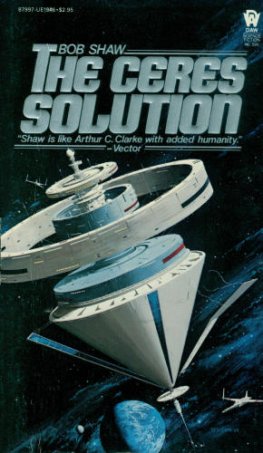
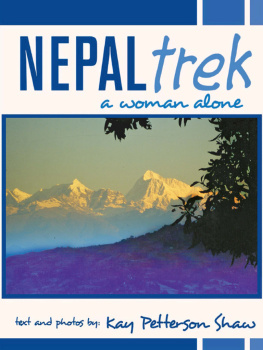
![Lester K. Grau - The Other Side of the Mountain: Mujahideen Tactics in the Soviet-Afghan War [Illustrated Edition]](/uploads/posts/book/326105/thumbs/lester-k-grau-the-other-side-of-the-mountain.jpg)
